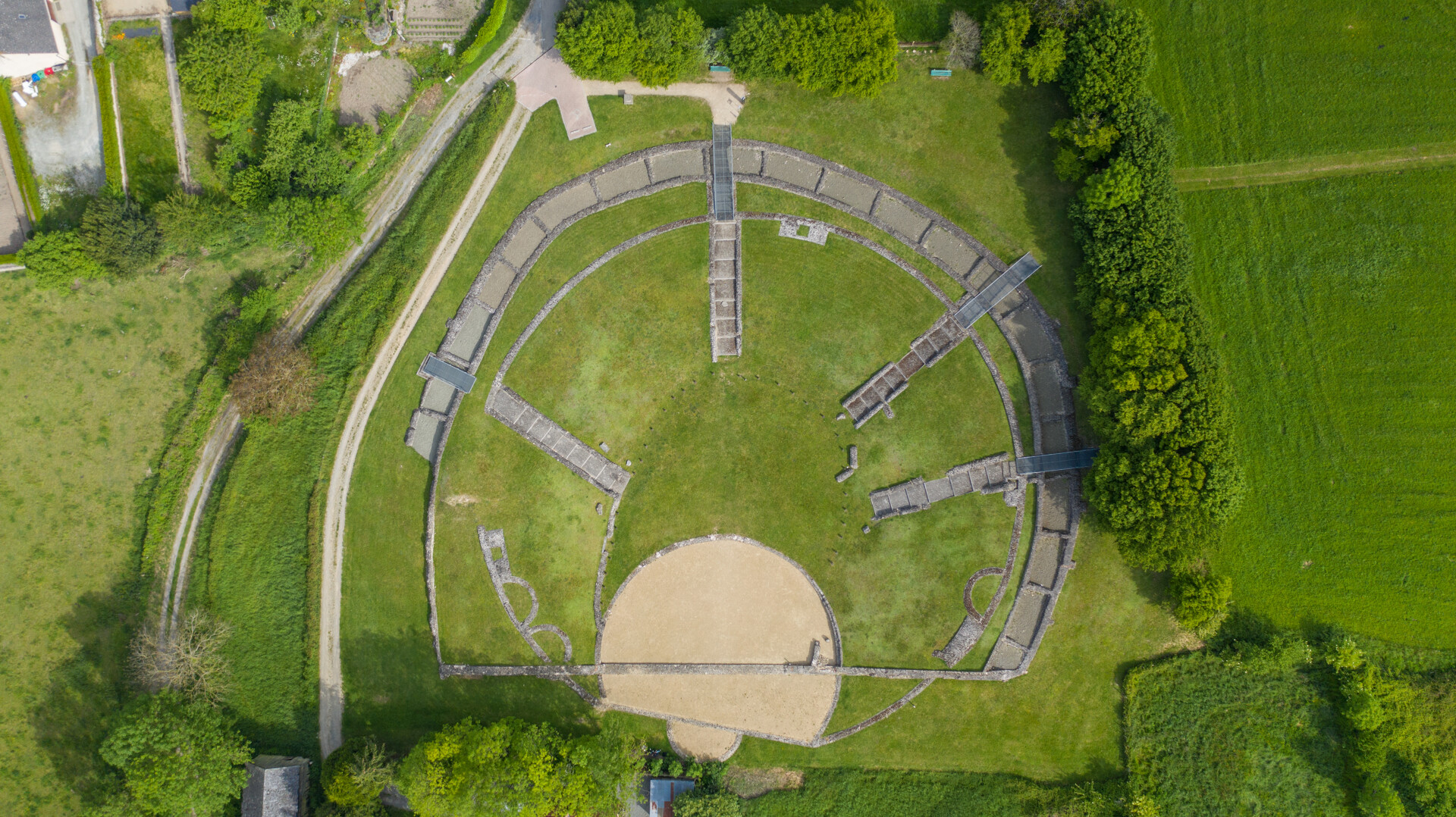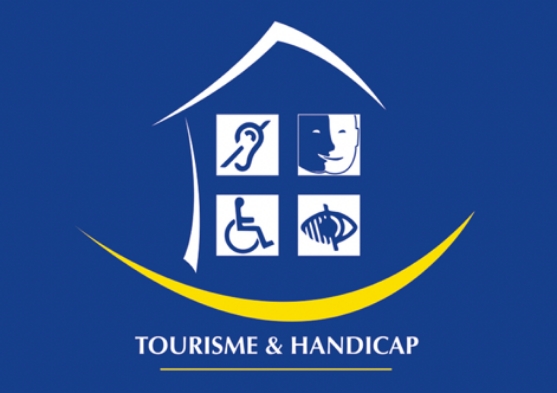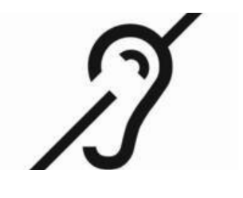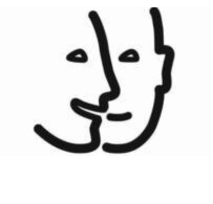Accessibility

JUBLAINS, A MUSEUM ADAPTED TO ALL

On reservation, at least three weeks in advance.
The museum and the fortress have received the national label “Tourism & Handicap” for the four disabilities: hearing, mental, motor and visual.
Adapted mediations are proposed: tactile visit, or visit in LSF on request.
For more comfort and tranquility, we advise you to visit the museum on Wednesdays, or in the afternoon from 3:30 pm
THE MUSEUM ADAPTS TO WELCOME YOU
Visual Disability

Tactile visits are regularly organized in the program and can be requested by reservation for specific groups, associations, etc.
On the archaeological site, the entire route through the village is accessible to visually impaired and blind visitors. The fortress, the baths and the temple have models or plans in relief to touch.
Tactile elements are freely accessible: a reproduction of a grain mill to produce a wheat mill, a miniature restitution of a Gallic house to understand its constitution, a Gallic lock device with a key to be manipulated, and a section of wall made of cob in life size.
Hearing impairment

Visitors are welcomed by an agent trained in LSF (French sign language), the reception is equipped with a magnetic loop allowing the sound to be amplified in the visitor’s hearing aid.
In the thermal baths, located in the church, an oral description accompanied by a targeted lighting of the remains allows to understand the functioning of the ancient baths. In the absence of subtitles, the reading of the panel placed at the entrance of the monument serves as a compensatory element. The latter includes a plan (print of the archaeological traces, outline of the church) and a drawing of restitution of the monument with the function of each room of the baths.
During the animations and adapted visits, visits translated into LSF are regularly scheduled, for example during the European Heritage Days or the National Tourism & Handicap Days. Schools with deaf or hard-of-hearing students can request an accompaniment for the visit of the site and the museum.
Motor disability

During the activities, places are systematically reserved for people with reduced mobility. For visits, the guides adapt the itinerary, especially outdoors, to facilitate movement.
On the archaeological site, the premises are partially accessible to people in wheelchairs or with reduced mobility. It is advisable to drive from one monument to another, as the site offers little space for rest. Much of the route is on sandy paths and in some places has a steep incline.
At the theater, a specific parking space has been set up to get as close as possible to the monument and to the information terminal.
The baths are accessible on the same level from the left side of the church.
In the fortress and in the temple, compensatory elements allow to have information on the monuments because they are partially accessible with a wheelchair.
Mental disability

L’ensemble du musée est accessible : les espaces sont signalés par des pictogrammes, le film d’introduction est aisé à comprendre, les panneaux des vitrines comportent de nombreuses photos et des fiches en FALC (Facile à Lire et à Comprendre) sont mises à disposition durant les expositions temporaires.
Sur le site archéologique, les panneaux d’information qui jalonnent le parcours comportent de nombreux visuels (photos et dessins). Des modules ludiques, type rouleaux tibétains, des “viseurs” et des matériauthèques sont en libre-accès sur le parcours, en plus des maquettes à découvrir.
Lors des animations et des visites adaptées, des reproductions d’objets sont présentées pour évoquer des thématiques concrètes, comme la vaisselle et le repas.
Au théâtre, il est possible de prendre des masques et de jouer avec l’acoustique du lieu, pour rendre les visites ludiques. En présence d’un médiateur du musée.
A DEDICATED REFERENT
You have a referent dedicated to accessibility: Valérie SÉCHET. You can contact her by email or call her on her direct line (+33 2 43 58 13 19).